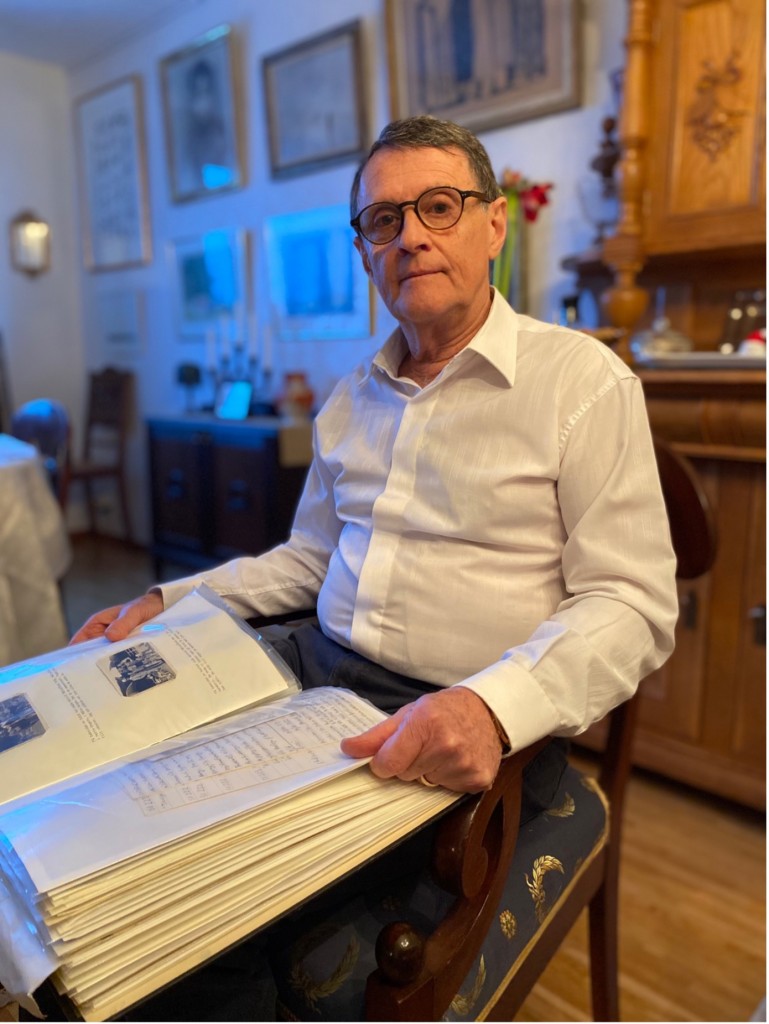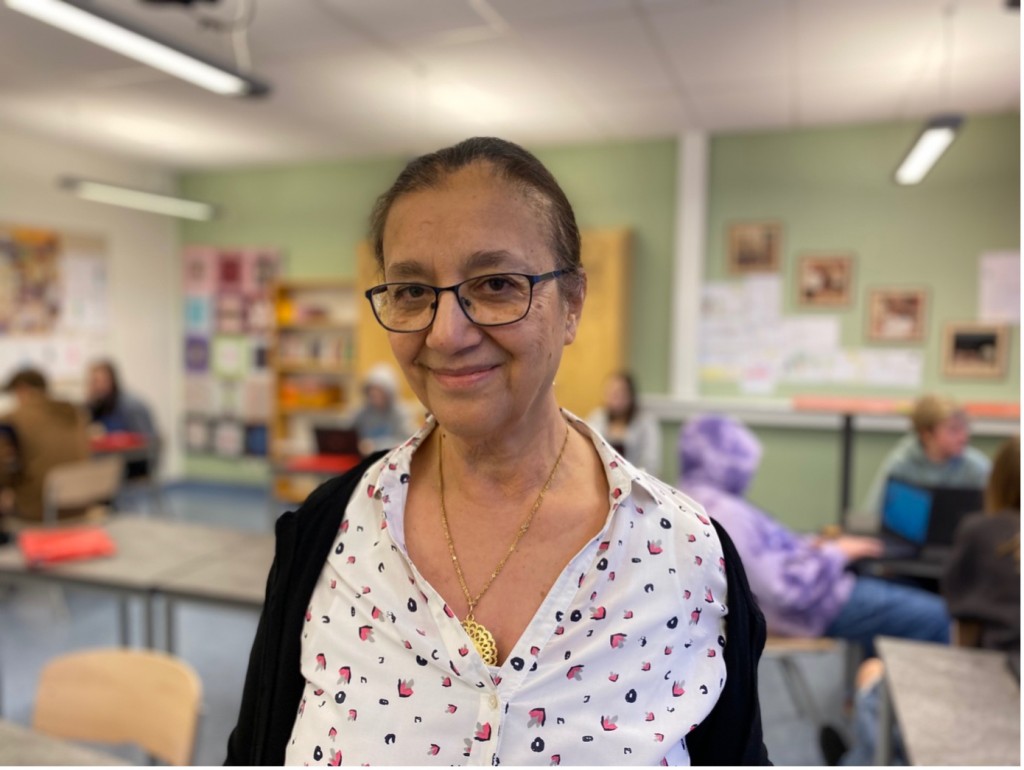Mapping a Lost City
Until June 30, 1944, about 600 Jews lived in Jászberény in Hungary. In 2022, only four legal entities live in the city. The only reminder of Jewish life before the Holocaust is the Jewish cemetery. Through interviews and research, Tomas Kertész has made an extremely accurate mapping of Jewish life in the city, which is now completely erased.
A film by Johan Palmgren
Photo: Johan Palmgren
Interviewer: Isabel Andersson
Cut: Oscar Lagerkvist
Graphics: Maria Kask
Sound mix: Ola Eliasson
Post: Benjamin Brunegård
Rating: Nanna Dalunde
Translator: David Petö
Sound recordings with György Kertész and Susan Foldes, born Zsuzsanna Bálint
Cast: Tomas Kertész
Project manager: Forum for living history Erika Hedenström
 Tomas Kertesz
Tomas Kertesz
The telephone number of Hitler
The Zyto family has gathered to look at the jacket Grandpa Kiwa wore in Dachau concentration camp. Tonight he will hand it over to the future museum about the Holocaust.
At the outbreak of war in 1939, Kiwa’s family consisted of six people. After the German occupation, labor camps were established around the hometown of Kielce in Poland, where the Jews were used for slave labor.
During a flight to the forests outside Kielce, first the father Moshe and later also the brother Josef were murdered by the local population. Brother Maier was murdered at the end of the war by the Free Polish forces. Kiwa eventually ended up in Malmö.
After the war, Kiwa chose never to visit Kielce again.
A film by Johan Palmgren
Photo: Johan Palmgren and Jonas Rudström
Cut: Oscar Lagerkvist
Graphics: Maria Kask
Sound mix: Ola Eliasson
Rating: Nanna Dalunde
Archive: Jonas Goldmann
Cast: Kiwa, Varda, Louis, and Simon Zyto. As well as Erik Broberg and Johan Landgren.
Project manager: Forum for living history Erika Hedenström
 Kiwa and Varda Zyto
Kiwa and Varda Zyto
Prisoner Z-4517
Hanna’s first eight years were safe and happy, but then her mother died of pneumonia and the war broke out. In the fall of 1939, Hanna’s family was executed by German soldiers, only Hanna and her little sister were allowed to live. They were taken to the Auschwitz concentration camp. Hanna’s five-year-old little sister Anita was executed in Auschwitz.
Hanna got the prisoner number Z-4517 tattooed on her arm. She was transferred to different camps for six years and when Hanna was 14, she got to work in a weapons factory in Hamburg.
Hanna was rescued by the Swedish Red Cross’s white buses and came to a girls’ home in Katrineholm. One spring day in 1947, a Roma family came to Katrineholm with their funfair. Hanna met Georg Dimitri and they got married in Stockholm. Georg got work in Malmberget and they settled there.
Hanna and Georg had four children, they lived in a tent and a bus but finally got a home. In 1975, Hanna and Georg moved to Stockholm, where they lived the rest of their lives.
A film by Johan Palmgren
Photo: Johan Palmgren
Cut: Oscar Lagerkvist
Graphics: Maria Kask
Sound mix: Ola Eliasson
Rating: Nanna Dalunde
Music: “I’ll Be By Your Side”
Performed and composed by Mattias Kalander
Cast: Berith and Mattias Kalander
Project manager Forum for living history Erika Hedenström
 Berith Kalander
Berith Kalander